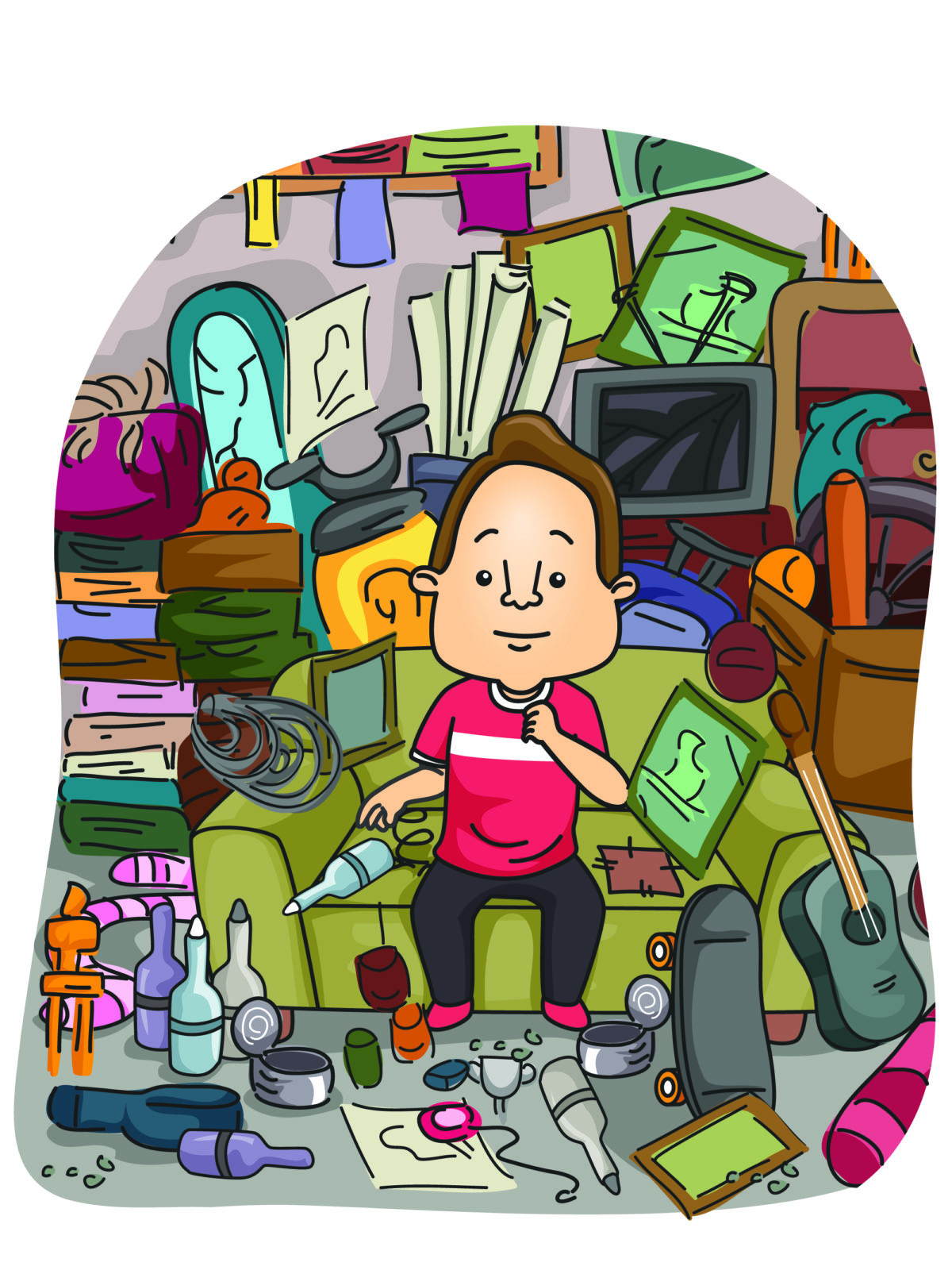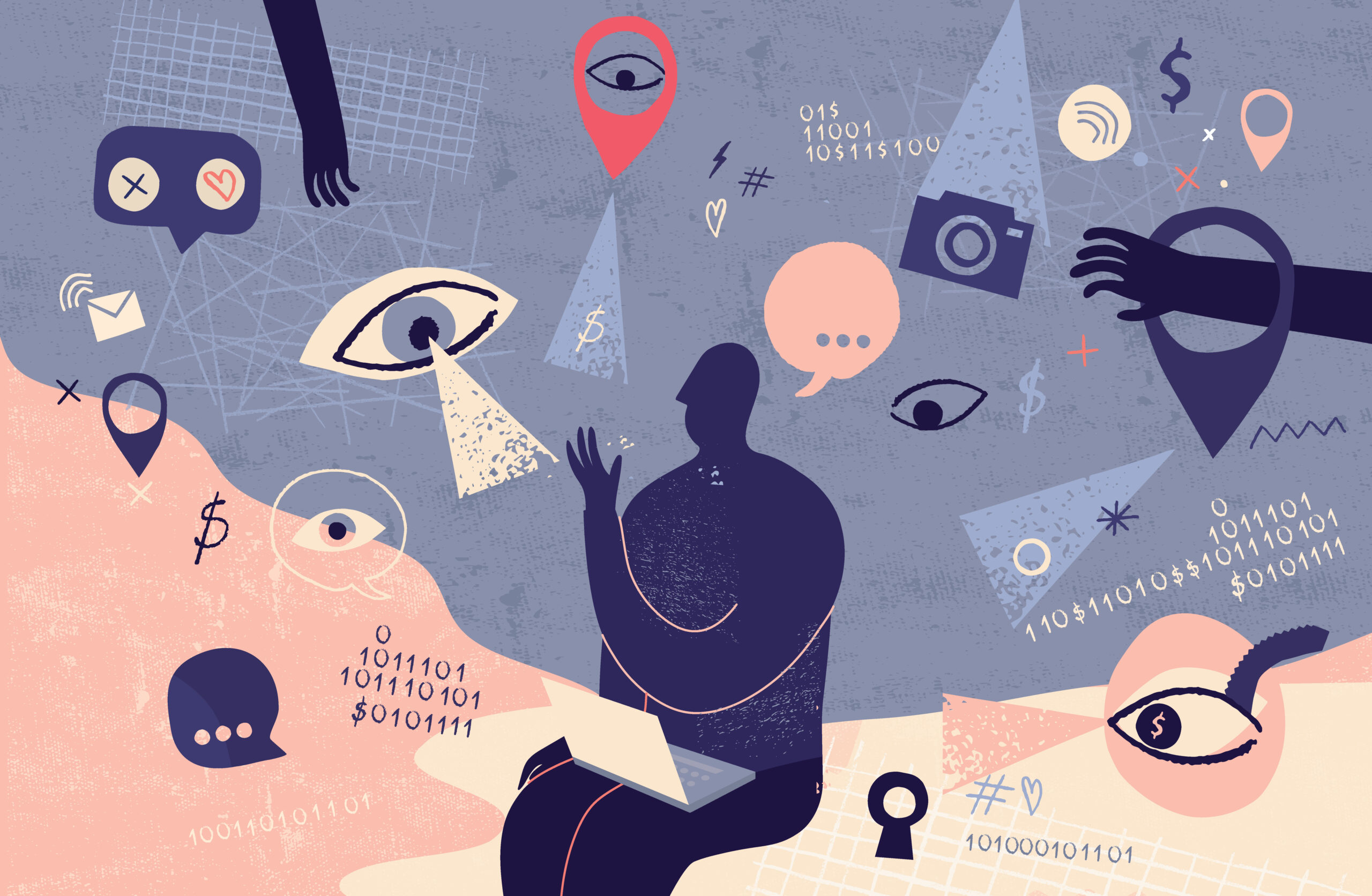by Judy Chaney
By now you’ve watched the Netflix series, Tidying Up with Marie Kondo, and learned she helps her clients clear out clutter—and choose joy. She asks if each item brings her joy and if it doesn’t she thanks the item and then gets rid of it. She then moves onto organizing the items that do bring joy.
Well, watching this show has brought to my attention that I have a lot of stuff. Clothes that I swear I will fit into again one day. Toys that my kids rarely play with anymore. Papers galore. I even have dishes and serve ware that I haven’t used since my wedding (I’ve been married for 15 years). All of this junk has made me question whether or not I’m a hoarder.
Hoarding disorder is characterized by a persistent difficulty in getting rid of a large number of possessions, regardless of their actual value. Hoarding usually has negative effects –emotional, physical, social, financial and even legal—for a hoarder and their family members.
People hoard because they believe that an item may be useful or valuable in the future. Or they may feel it has sentimental value or it was too great of a bargain to throw away. Compulsive hoarding is an obsessive compulsive disorder and similar to compulsive buying or compulsive acquisitioning. People with hoarding disorder keep these things or store them in places around their home, leading to clutter that disrupts their ability to use their living or work spaces.
According to the American Psychiatric Association, hoarding disorder occurs in an estimated 2 to 6 percent of the population and often leads to substantial distress and problems functioning. Some research shows that hoarding is more common in males than females. It’s also more common among older adults—three times as many adults 55-94 years are affected by hoarding disorder compared to adults 34-44 years old. I’ve put together some signs that you might be a hoarder.
You were a young collector
Kids accumulate stuff, but child hoarders tend to collect random objects. Sometimes they even hide them under their bed. 80 percent of hoarders started by age 18 and several of the traits associated with hoarding were present in people as adolescents, according to Jordana Muroff, Ph.D., an assistant professor at the Boston University School of Social Work.
Anxiety about getting rid of things
People with hoarding disorder have severe anxiety when attempting to discard, recycle, sell or give away things that most people would easily get rid of. People who hoard may have such an extreme attachment to things that they won’t let anyone borrow or touch their things. They have difficulty organizing possessions and deciding where to keep or put things. They may worry about accidentally throwing out the wrong thing and are often overwhelmed by their possessions.
Hoarded items have no value
Clutter is one thing but people that hoard keep things like newspapers, magazines, paper and plastic bags, cardboard boxes, photographs, household supplies, food and clothing. People who hoard don’t throw away their junk mail. The items are typically worthless, useless items.
Bargain and sale Items
Hoarders buy sale items just because they’re on sale or it’s a great bargain, even if they don’t really need them. They may buy things because it might be useful someday.
They have lots of pets
Caring for an animal can bring joy into your life. But in some cases, hoarding leads to having too many pets. Having more animals than can be safely and effectively cared for is animal hoarding. Having too many animals can also lead to a messier home.
Parts of the home become unusable
Hoarders store items throughout their home or workspace. There is no organization to all of the clutter, it’s just a disorganized mess. They often lose things inside their own home. They can have piles upon piles in their homes making it difficult to have a functional living space. They may have a room they can’t walk into or a hallway that is lined with piles and boxes.
Often, there is no space to use the rooms and surfaces in the home. Daniel Yohanna, M.D., vice chair of the Department of Psychiatry and Behavioral Neuroscience at the University of Chicago, says that, “Eventually, only pathways exist throughout the home to get from room to room, a chair, or a bed.” Sometimes, a hoarder could even have one or several storage units that are just as
much cluttered.
The home is becoming unsanitary or unsafe
In addition to a lack of functional living space, people with hoarding disorder may live in dirty, unhealthy or dangerous conditions. They see cleaning as an insurmountable chore and can’t see where to begin, so they just don’t do it. They don’t realize that the piles of stuff in the kitchen could become a fire safety hazard or make it difficult to keep clean and eventually cause insects or rodents to come into the house.
Social isolation
Hoarders are usually embarrassed about their possessions and feel uncomfortable when others see them. They feel sad or ashamed after acquiring additional items, and they are often in debt. Their home may not have room for guests to come visit, so they avoid inviting people over and become lonely.
Defensiveness and excuses
Someone who hoards can have an overwhelming defensiveness for anyone who’s allowed to see the mess. They make excuses like, “you may think this is a mess, but I have plans for all of this stuff.” Or hoarders may get angry and say, “This is how I live, if you don’t like it, you don’t have to be here.” Often times, hoarding can cause anger, resentment and depression among family members. The conditions can lead to divorce, eviction, loss of child custody and serious financial problems.
Many people with hoarding disorder also experience other mental disorders, including depression, anxiety disorders, attention deficit/hyperactivity disorder or alcohol use disorder. Mental health professionals can diagnose and treat people with hoarding disorder to help them decrease their excessive clutter and live safer and more enjoyable lives. If you or someone you know is experiencing symptoms of hoarding disorder, contact your doctor or mental health professional.








Leave A Comment